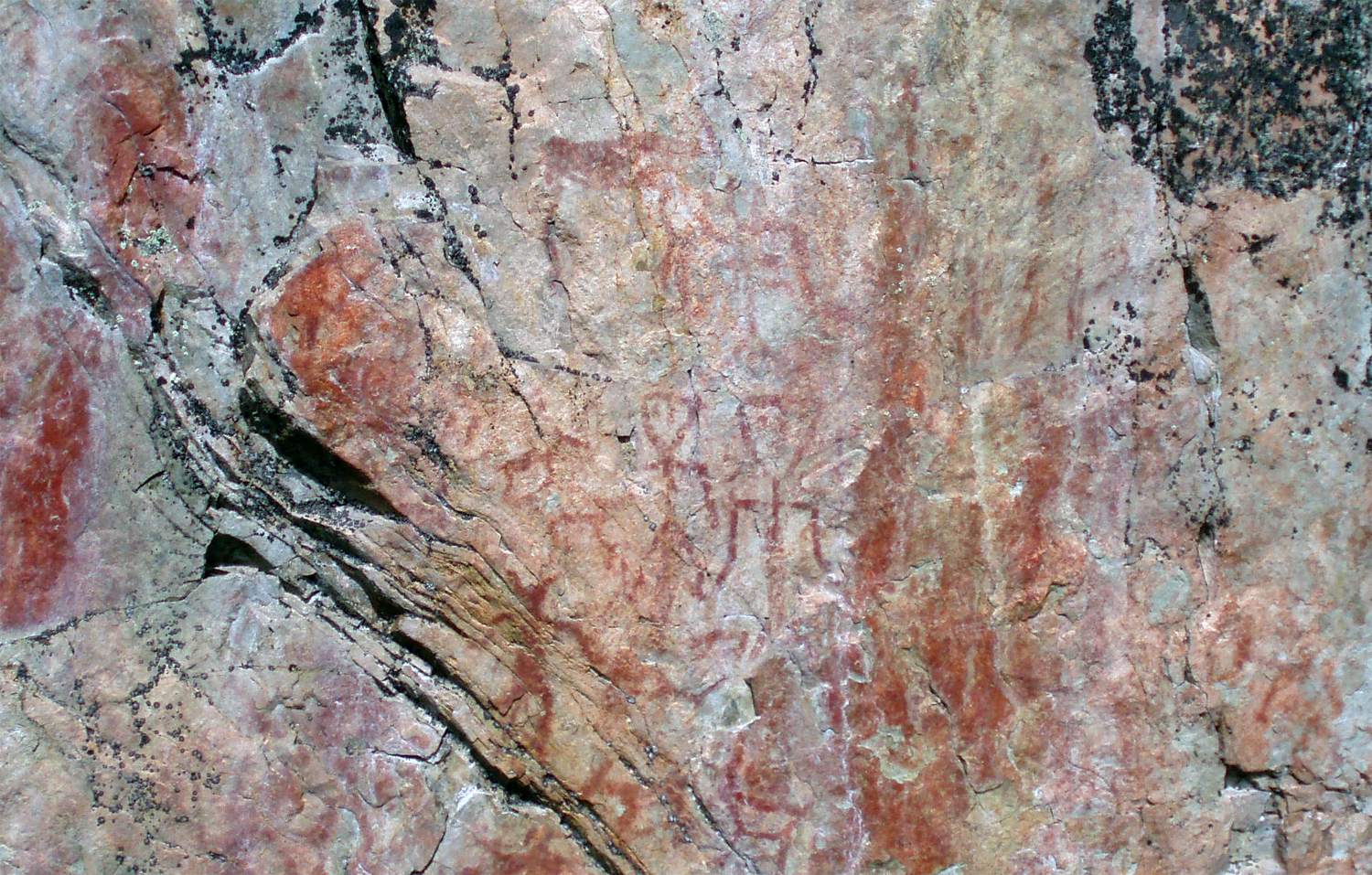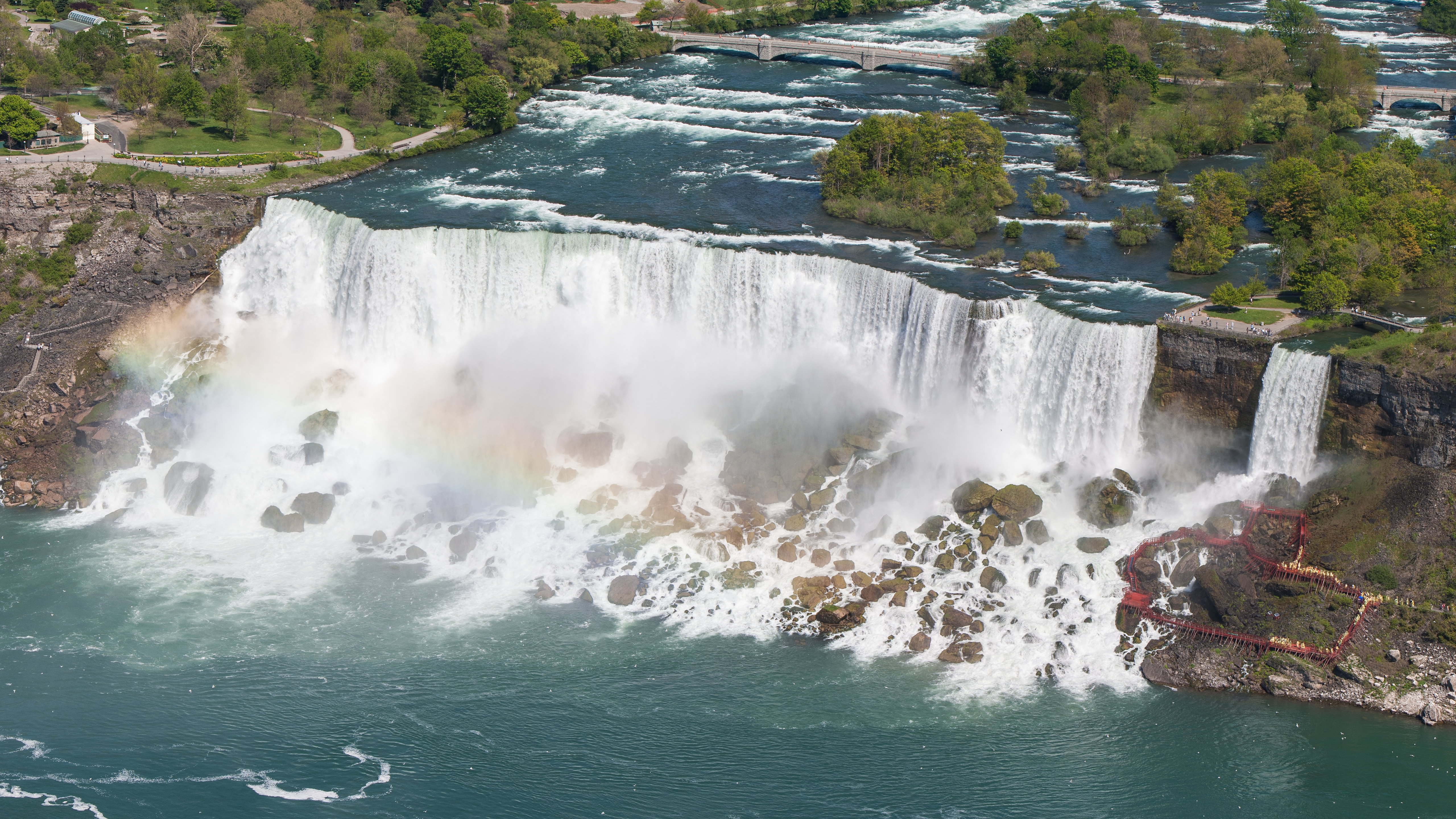|
Puolanka
Puolanka (; , also ) is a municipality in Finland located in the Kainuu region. The municipality has a population of () and covers an area of of which is water. The population density is . The municipality is unilingually Finnish. The fir-tree topped line in the coat of arms of Puolanka refers to local forestry and the cattle bells to livestock management and past grazing in forest lands. The coat of arms was designed by Aake Kaarnama, and the Puolanka municipal council approved it at its meeting on 8 June 1962. The Ministry of the Interior approved the coat of arms for use on 29 August of the same year. Puolanka has been called the "most pessimistic municipality in Finland". In 2019, the municipality gained worldwide publicity when the ''BBC'' published a video about Puolanka, describing it as the "most pessimistic town in the world". Pessimism has a long tradition in the Kainuu region, and the residents of Puolanka decided to make it their trademark, which is why the res ... [...More Info...] [...Related Items...] OR: [Wikipedia] [Google] [Baidu] |
Kainuu
Kainuu (), also historically known as Cajania (), is one of the 19 regions of Finland (''maakunta'' / ''landskap''). Kainuu borders the regions of North Ostrobothnia, North Savo and North Karelia. In the east, it also borders Russia (Republic of Karelia). Culturally Kainuu is part of larger Eastern-Finnish cultural heritage. The dialect of Kainuu resembles Savonian and Karelian dialects. Geography Boreal forest makes up most of the biome in Kainuu. The forest in Kainuu mostly consists of birches, pines and spruces. The atypical regional geography and landscape consist of lakes, hills and vast uninhabited forest areas. The largest lake in the region is the Oulujärvi (928.09 km2), one of the largest lakes in Finland. Its shorelines, open waters and islands in Kainuu belong to the municipalities of Paltamo and Kajaani. The highest point in Kainuu is the Iso Tuomivaara (385 m), located in the municipality of Hyrynsalmi. The regional climate is continental. The three mos ... [...More Info...] [...Related Items...] OR: [Wikipedia] [Google] [Baidu] |
Pessimism
Pessimism is a mental attitude in which an undesirable outcome is anticipated from a given situation. Pessimists tend to focus on the negatives of life in general. A common question asked to test for pessimism is "Is the glass half empty or half full?"; in this situation, a pessimist is said to see the glass as half empty, or in extreme cases completely empty, while an Optimism, optimist is said to see the glass as half full. Throughout history, the pessimistic disposition has had effects on all major areas of thinking. Etymology The term pessimism derives from the Latin word ''pessimus'', meaning 'the worst'. It was first used by Jesuit critics of Voltaire's 1759 novel ''Candide, ou l'Optimisme''. Voltaire was satirizing the philosophy of Leibniz who maintained that this was the 'best (optimum) of all possible worlds'. In their attacks on Voltaire, the Jesuits of the ''Revue de Trévoux'' accused him of ''pessimisme''. As a psychological disposition In the ancient world, psycho ... [...More Info...] [...Related Items...] OR: [Wikipedia] [Google] [Baidu] |
Kehys-Kainuu
Kehys-Kainuu is a subdivision of Kainuu and one of the sub-regions of Finland Sub-regions (, ) are divisions used for Statistics, statistical purposes in Finland. The country is divided into 69 sub-regions, which are formed by groups of Municipalities of Finland, municipalities within the 19 regions of Finland. These sub ... since 2009. Municipalities Sub-regions of Finland Geography of Kainuu {{OuluProvince-geo-stub ... [...More Info...] [...Related Items...] OR: [Wikipedia] [Google] [Baidu] |
Suolijärvi (village)
Suolijärvi is a small lake in Tampere, Finland. It is situated west of the suburb Hervanta. It has a small beach where people can sunbathe or swim during the summer. There are also two trails which bound the lake. The name derives from Finnish language, Finnish ''wiktionary:suoli, suoli'' (intestine) and ''wiktionary:järvi, järvi'' (lake). This is probably due to the curved shape of the lake. Suolijärvi is also a village near Puolanka in the Northern Finland east of Oulu. References Kokemäenjoki basin Landforms of Pirkanmaa Hervanta Lakes of Tampere {{WesternFinland-geo-stub ... [...More Info...] [...Related Items...] OR: [Wikipedia] [Google] [Baidu] |
Hyrynsalmi Church
Hyrynsalmi is a municipality in Finland and is part of the Kainuu region. The municipality has a population of () and covers an area of of which is water. The population density is . The municipality is unilingually Finnish. The world championships in swamp football is held annually in Hyrynsalmi. History The municipality got its name (meaning "Hyry's Strait") from the Hyrynsalmi strait, which got its name from the Hyrynjärvi lake. The lake was named by Ostrobothnian huntsmen after the family name Hyry. Politics Results of the 2023 Finnish parliamentary election in Hyrynsalmi: * Centre Party 33.7% *Finns Party 30.6% * Left Alliance 13.3% *Social Democratic Party 8.8% *Christian Democrats 6.4% *National Coalition Party 4.9% *Green League 1.2% As of 2021 Finnish municipal elections Municipal elections were held in Finland on 13 June 2021 after being rescheduled from 18 April due to the COVID-19 pandemic. Context The last municipal elections were held ... [...More Info...] [...Related Items...] OR: [Wikipedia] [Google] [Baidu] |
Waterfalls
A waterfall is any point in a river or stream where water flows over a vertical drop or a series of steep drops. Waterfalls also occur where meltwater drops over the edge of a tabular iceberg or ice shelf. Waterfalls can be formed in several ways, but the most common method of formation is that a river courses over a top layer of resistant bedrock before falling onto softer rock, which Erosion, erodes faster, leading to an increasingly high fall. Waterfalls have been studied for their impact on species living in and around them. Humans have had a distinct relationship with waterfalls since prehistory, travelling to see them, exploring and naming them. They can present head of navigation, formidable barriers to navigation along rivers. Waterfalls are religious sites in many cultures. Since the 18th century, they have received increased attention as tourist destinations, sources of hydropower, andparticularly since the mid-20th centuryas subjects of research. Definition and te ... [...More Info...] [...Related Items...] OR: [Wikipedia] [Google] [Baidu] |
Trademark
A trademark (also written trade mark or trade-mark) is a form of intellectual property that consists of a word, phrase, symbol, design, or a combination that identifies a Good (economics and accounting), product or Service (economics), service from a particular source and distinguishes it from others. Trademarks can also extend to non-traditional marks like drawings, symbols, 3D shapes like product designs or packaging, sounds, scents, or specific colours used to create a unique identity. For example, Pepsi® is a registered trademark associated with soft drinks, and the distinctive shape of the Coca-Cola® bottle is a registered trademark protecting Coca-Cola's packaging design. The primary function of a trademark is to identify the source of goods or services and prevent consumers from confusing them with those from other sources. Legal protection for trademarks is typically secured through registration with governmental agencies, such as the United States Patent and Trademark ... [...More Info...] [...Related Items...] OR: [Wikipedia] [Google] [Baidu] |
Sámi Languages
The Sámi languages ( ), also rendered in English language, English as Sami and Saami, are a group of Uralic languages spoken by the Indigenous Sámi peoples in Northern Europe (in parts of northern Finland, Norway, Sweden, and extreme northwestern Russia). There are, depending on the nature and terms of division, ten or more Sami languages. Several spellings have been used for the Sámi languages, including ''Sámi'', ''Sami'', ''Saami'', ''Saame'', ''Sámic'', ''Samic'' and ''Saamic'', as well as the Endonym and exonym, exonyms Lappish and ''Lappic''. The last two, along with the term ''Lapp'', are now often considered pejorative. Classification The Sámi languages form a branch of the Uralic languages, Uralic language family. According to the traditional view, Sámi is within the Uralic family most closely related to the Finnic languages (Sammallahti 1998). However, this view has recently been doubted by some scholars who argue that the traditional view of a common Finno-Sam ... [...More Info...] [...Related Items...] OR: [Wikipedia] [Google] [Baidu] |
Northern Sámi
Northern Sámi or North Sámi ( ; ; ; ; ; disapproved exonym Lappish or Lapp) is the most widely spoken of all Sámi languages. The area where Northern Sámi is spoken covers the northern parts of Norway, Sweden and Finland. Geographic distribution The number of Northern Sámi speakers is estimated to be somewhere between 15,000 and 25,000. About 2,000 of these live in Finland and between 5,000 and 6,000 in Sweden, with the remaining portions being in Norway. Based on the highest estimates above of 18,000 speakers in Norway, and Statistics Norway estimating the total population of Norway to be 5,594,340 at the start of 2025, this gives the percentage of Northern Sámi speakers in Norway as approximately 0.32%. Similar calculations for Sweden and Finland give them as 0.05% and 0.03% respectively in those countries. History Among the first printed Sámi texts is ("Swedish and Lappish ABC book"), written in Swedish and what is likely a form of Northern Sámi. It was published ... [...More Info...] [...Related Items...] OR: [Wikipedia] [Google] [Baidu] |
Regions Of Finland
Finland is divided into 19 regions (; ) which are governed by regional councils that serve as forums of cooperation for the Municipalities of Finland, municipalities of each region. The councils are composed of delegates from the municipal councils. The main tasks of regional councils are regional planning, the development of enterprises, and education. Between 2004 and 2012, the regional council of Kainuu was elected via popular elections as part of an experimental regional administration. In 2022, new Wellbeing services counties of Finland, Wellbeing services counties were established as part of a health care and social services reform. The wellbeing services counties follow the regional borders, and are governed by directly elected county councils. Åland One region, Åland, has a special status and has a much higher degree of autonomy than the others, with its own Parliament of Åland, Parliament and local laws, due to its history of Åland, unique history and the fact ... [...More Info...] [...Related Items...] OR: [Wikipedia] [Google] [Baidu] |


